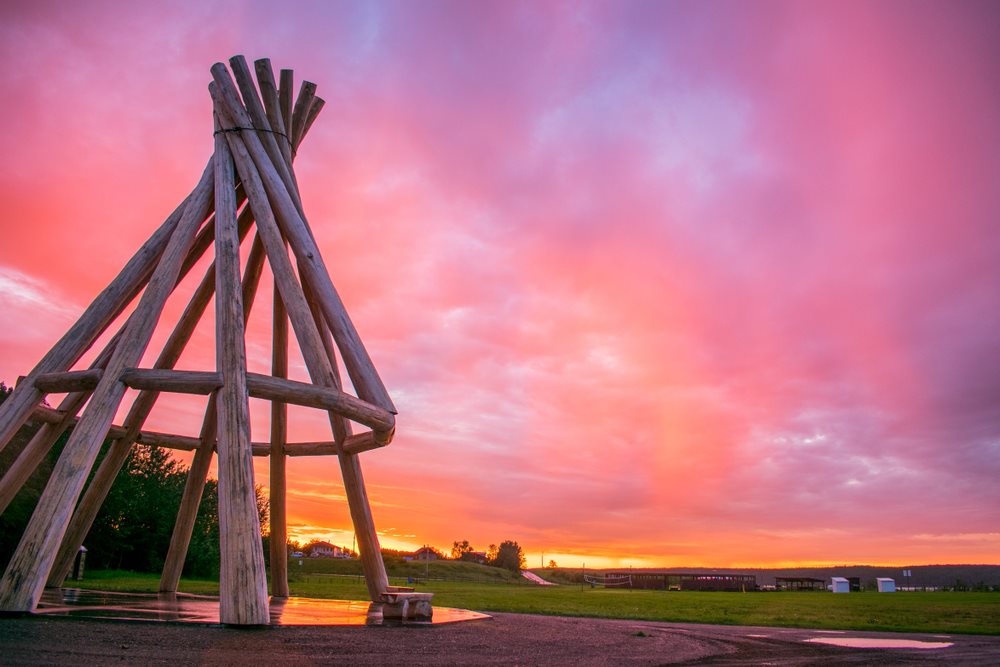

Insights How Canada can use Indigenous partnerships to engage the labour force

Why companies must fight to make a business case for inclusion
Cities and development
Transportation
Inspired by innovations that are connecting Canada? Find out about the Canada Line taking transportation into the future.
Minerals and metallurgy
What needs to be done?
Leading the change we want to see in Canada
Interested? Find out more about life at AtkinsRéalis
Sign up to receive the latest content tailored to your interests
Our articles

Preview
Middle EastContent type
BlogsPublish date
04/18/2024
Summary
In the vast expanse of the Saudi Arabian landscape, you’ll find a beacon of innovation, a vision for a better, greener tomorrow. NEOM sits in the heart of the Tabuk province and isn’t just anothe

Preview
AsiaContent type
BlogsPublish date
04/18/2024
Summary
As a global metropolis, Hong Kong has long been a fantastic place to be a civil engineer. With world-class infrastructure all around, effective civil engineers have many opportunities to be a
.jpg)
Preview
AustraliaContent type
BlogsPublish date
04/18/2024
Summary
In January 2024, Srijana embarked on a new chapter in her engineering career, joining AtkinsRealis as a Chartered Structural Engineer. With six years of experience on a wide variety of projects, Sr

Preview
Middle EastContent type
BlogsPublish date
04/16/2024
Summary
In the Kingdom of Saudi Arabia (KSA), you’ll find an awe-inspiring and profoundly transformative endeavor that encapsulates innovation, sustainability, and the unparalleled proficiency of AtkinsRéa

Preview
EuropeContent type
BlogsPublish date
04/11/2024
Summary
Hello, I'm Ben, Mechanical Team Lead in the Decommissioning & Waste Services team. My journey at AtkinsRéalis, from a graduate to a team lead, has been inspired by my belief that we can "engin

by
Shailaja Mantha
.jpg)
Preview
EuropeContent type
BlogsPublish date
04/04/2024
Summary
Welcome to the dynamic world of nuclear engineering – where innovation meets sustainability. We unveil the pathway to landing a nuclear engineering job, even without prior experience in the nuclea

Preview
Middle EastContent type
ProjectsPublish date
04/04/2024
Summary
The AtkinsRéalis team, in a commendable collaboration with the site team, United Engineering Construction (UNEC), and its subcontractors, has exhibited exceptional dedication and expertise, making

Preview
Middle EastContent type
BlogsPublish date
04/04/2024
Summary
In the world of construction and development, where innovation meets hard work under the towering silhouettes of our projects, the role of women has been historically underrepresented. However, the

Preview
CanadaContent type
BlogsPublish date
04/03/2024
Summary
In any career, it’s easy to get tunnel-vision and apply more weight to the development of technical skills. What many fail to recognize is the importance of fostering your soft skills; that is,
.jpg)
Preview
IndiaContent type
BlogsPublish date
04/02/2024
Summary
Are you passionate to shape the future of cities and public realm ? At AtkinsRealis, our GTC Landscape & Public Realm team isn't just a service—it's a gateway to boundless opportunities, innovation

Preview
IndiaContent type
BlogsPublish date
03/27/2024
Summary
The engineering firm you choose will significantly impact your career. Select the right one, and you'll find your career goals supported, a healthy work-life balance and the team dynamic that you
+(2).png)
Preview
IndiaContent type
BlogsPublish date
03/27/2024
Summary
Our Global Technology Centre’s recent triumph in securing the 1st prize at the prestigious Institute of Mechanical Engineers’ (IMechE) Technical Paper Competition 2023 under the working young membe

AtkinsRéalis
Equality, diversity and inclusion
We’re devoted to growing the diversity of our people, promoting an inclusive culture, providing everyone with an equal voice because simply put, it’s the right thing to do. Click to learn more.
Find out more


